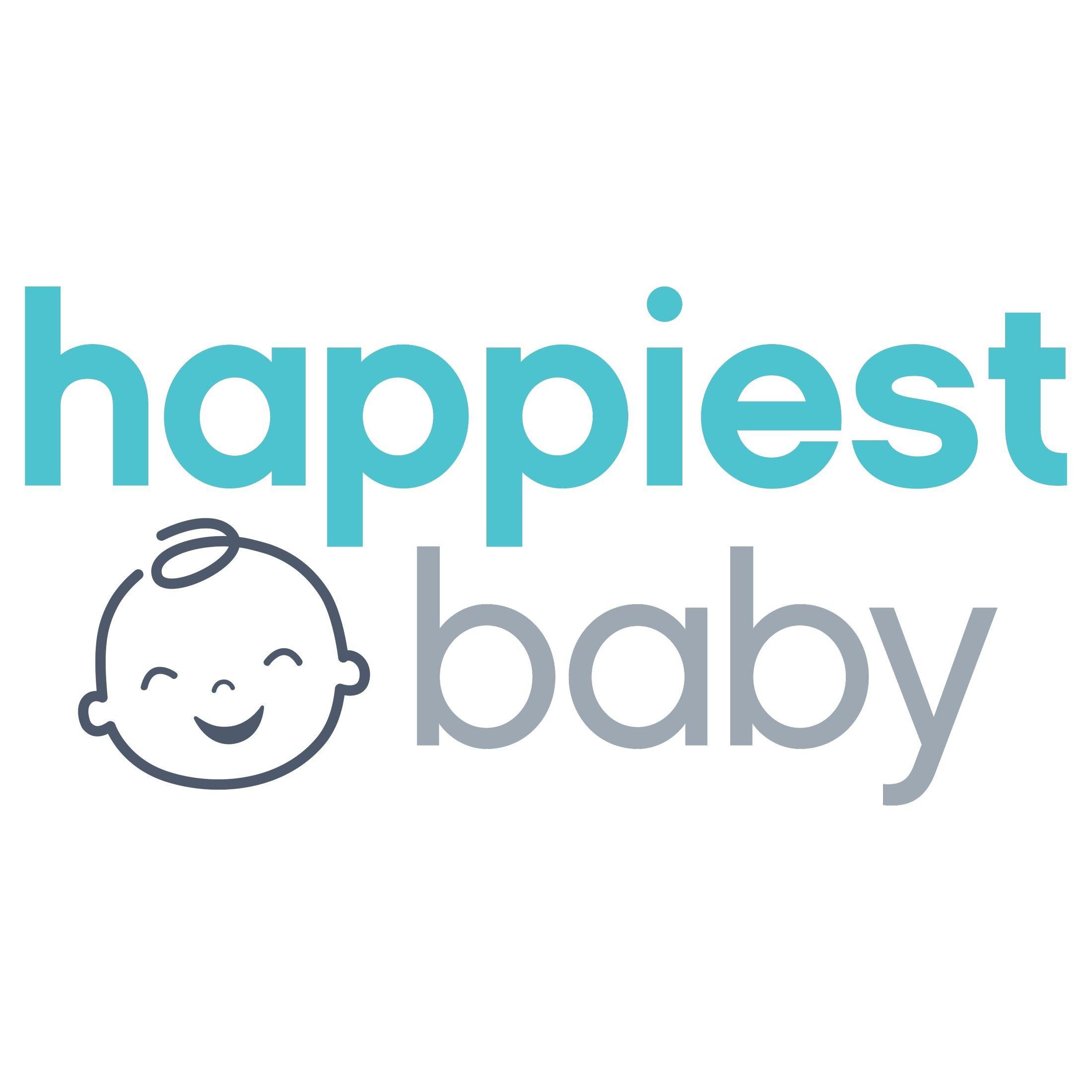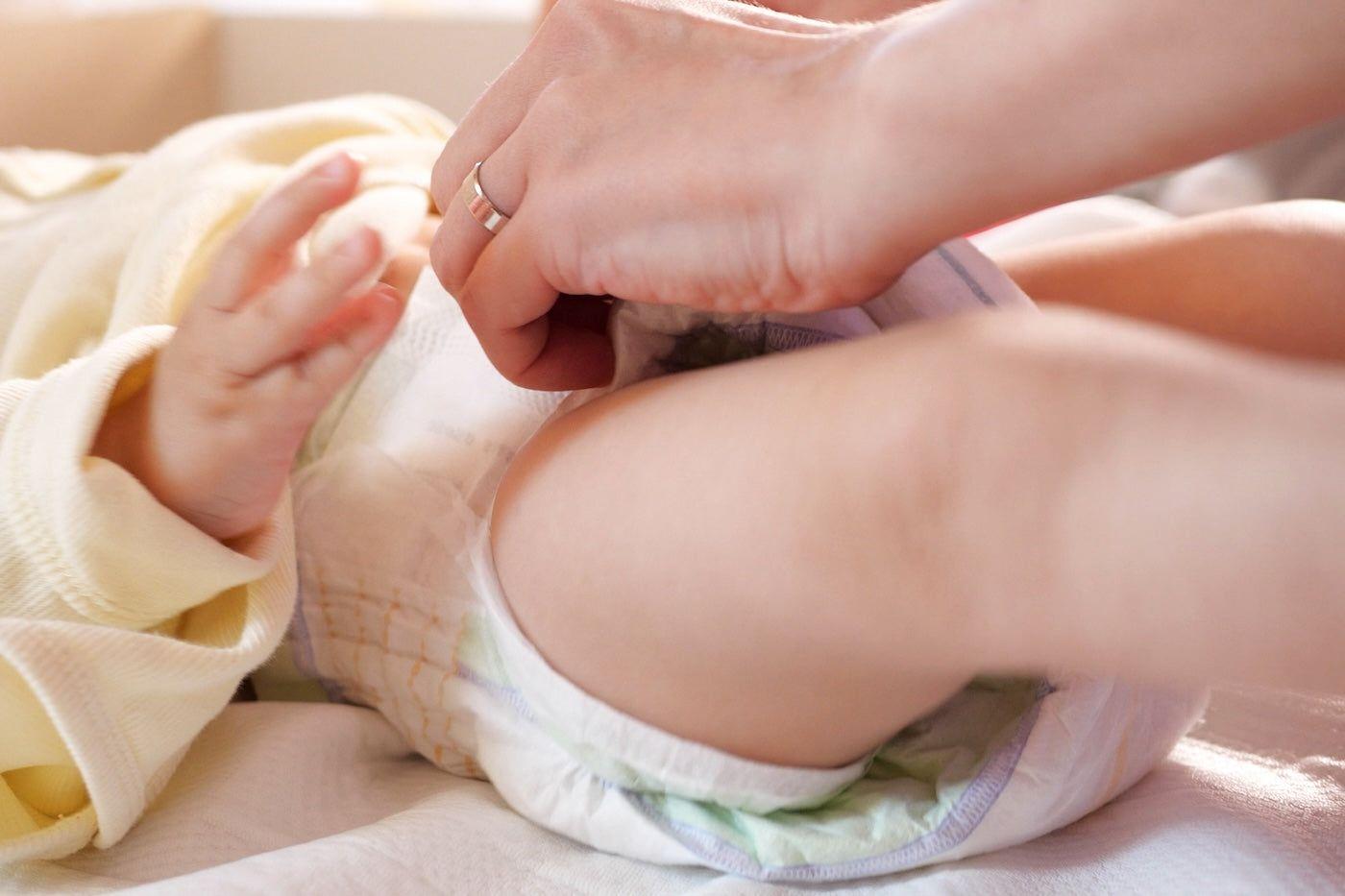BABY
Your Nappy Blowout Survival Guide
Here’s how to handle them without getting your hands (too) dirty.

Written by
Happiest Baby Staff

SHARE THIS ARTICLE
PARENT PICKS
Bestsellers
BABY

Written by
Happiest Baby Staff

SHARE THIS ARTICLE
Bestsellers
Nappy blowouts are an all-too-common rite of passage for new parents—especially during the newborn months when babies are on an all-liquid diet and have frequent, runny poos. While the occasional blowout is unavoidable, there are smart strategies you can use to keep messes to a minimum. Here’s what you need to know about why nappy blowouts happen, how to prevent them, and what to do when your little one lets one loose.
If you’re asking this question, congratulations—you’ve yet to experience the full force of an up-the-back poo explosion! A nappy blowout is exactly what it sounds like: a full-scale poonami that escapes the nappy and travels up baby’s back, down their legs, or, if you’re really unlucky, both. Blowouts can affect all babies—whether they’re breastfed or formula-fed—and are especially common in the early weeks when poos tend to be more liquid.
Often, yes. Frequent blowouts could be a sign that your baby needs the next nappy size up. Nappies that are too snug may not provide enough absorbency or fit properly around the thighs and waist—leaving gaps for poo to escape.
A well-fitting nappy is your first defence. Too small, and there’s not enough material to soak up liquid; too big, and gaps may allow leaks before the material can do its job.
Even the best nappy won’t work if it’s not put on correctly.
Checklist:
Leaving a nappy on too long increases the chance of a blowout, especially if it’s already full. Aim to change your baby every 2 to 3 hours or whenever the nappy is soiled. Be especially alert after feeds—feeding often gets things moving!
Not all nappies fit all babies the same. If one brand isn’t working for your little one’s shape, try another. You may also want to look for nappies with elasticised waistbands and leg cuffs for better containment.
Some parents use cloth nappy shells over disposables or special blowout blockers for extra insurance—especially during naps or outings. Just make sure any cover you use fits snugly without being too tight.
Once solids are introduced, stool consistency and frequency can change. Introduce new foods gradually and take note if any seem to trigger blowouts. If you’re seeing persistent diarrhoea or constipation, have a chat with your GP or child health nurse.
Disclaimer: The information on our site is NOT medical advice for any specific person or condition. It is only meant as general information. If you have any medical questions and concerns about your child or yourself, please contact your health provider. Breastmilk is the best source of nutrition for babies. It is important that, in preparation for and during breastfeeding, mothers eat a healthy, balanced diet. Combined breast- and bottle-feeding in the first weeks of life may reduce the supply of a mother's breastmilk and reversing the decision not to breastfeed is difficult. If you do decide to use infant formula, you should follow instructions carefully.